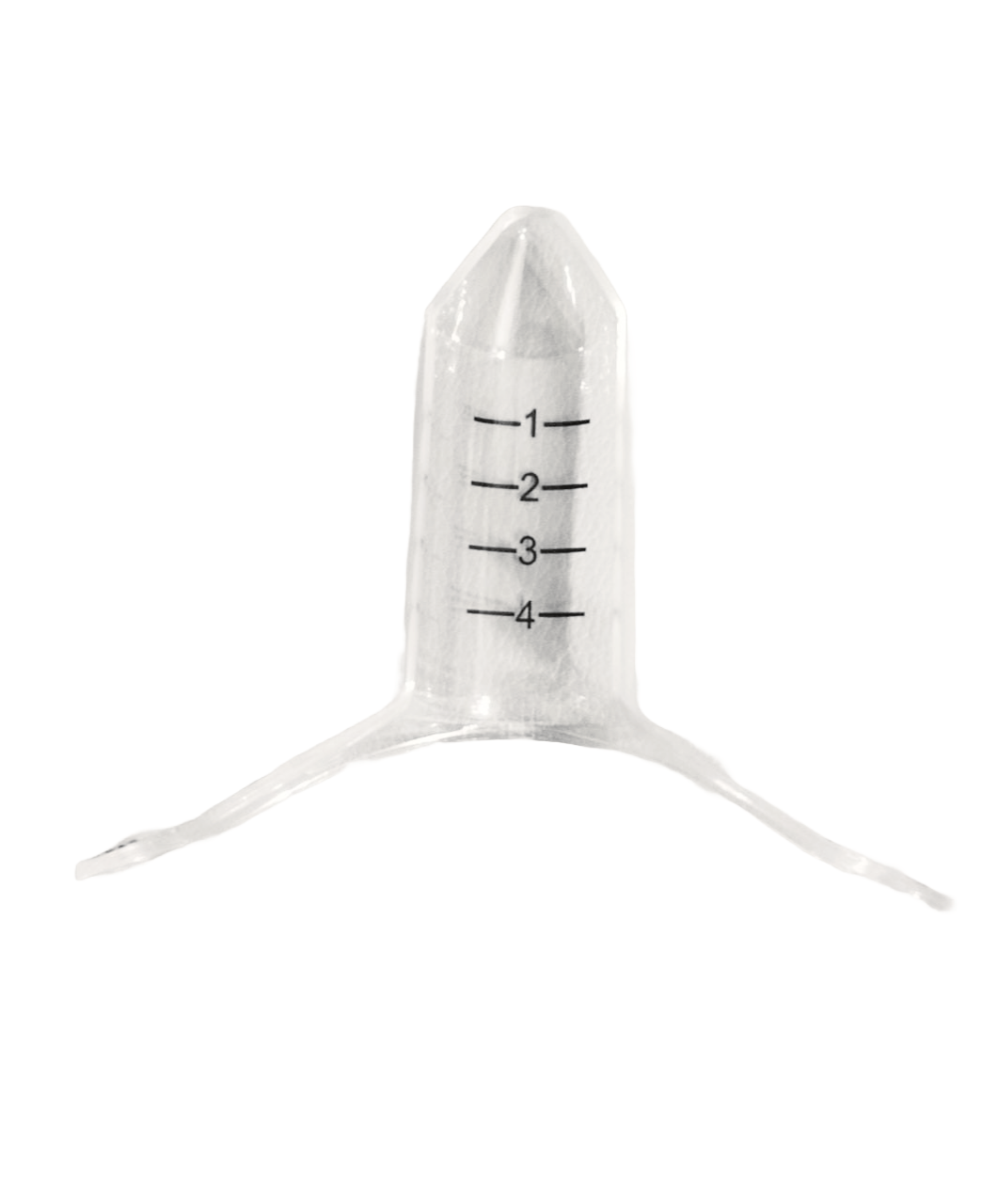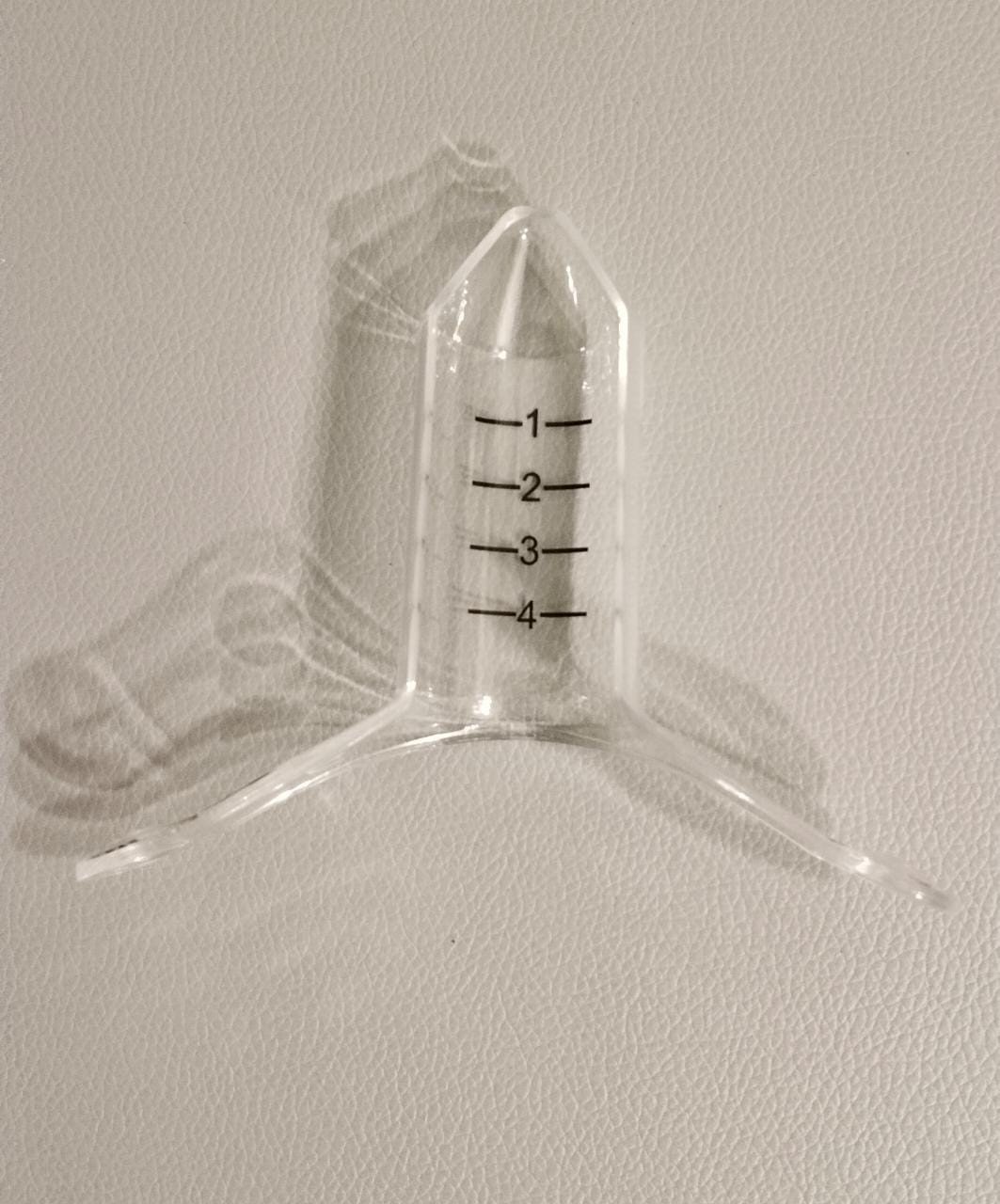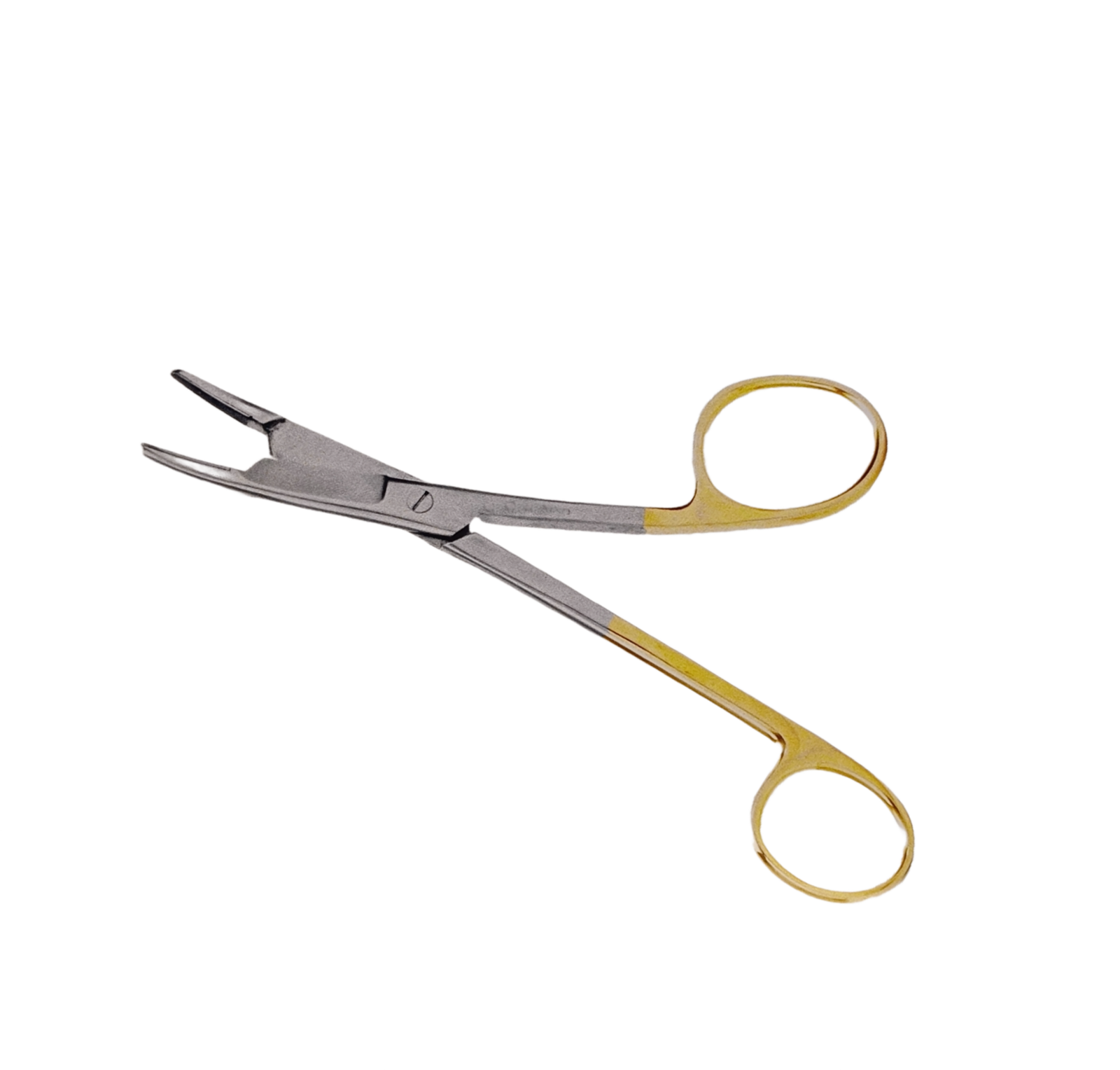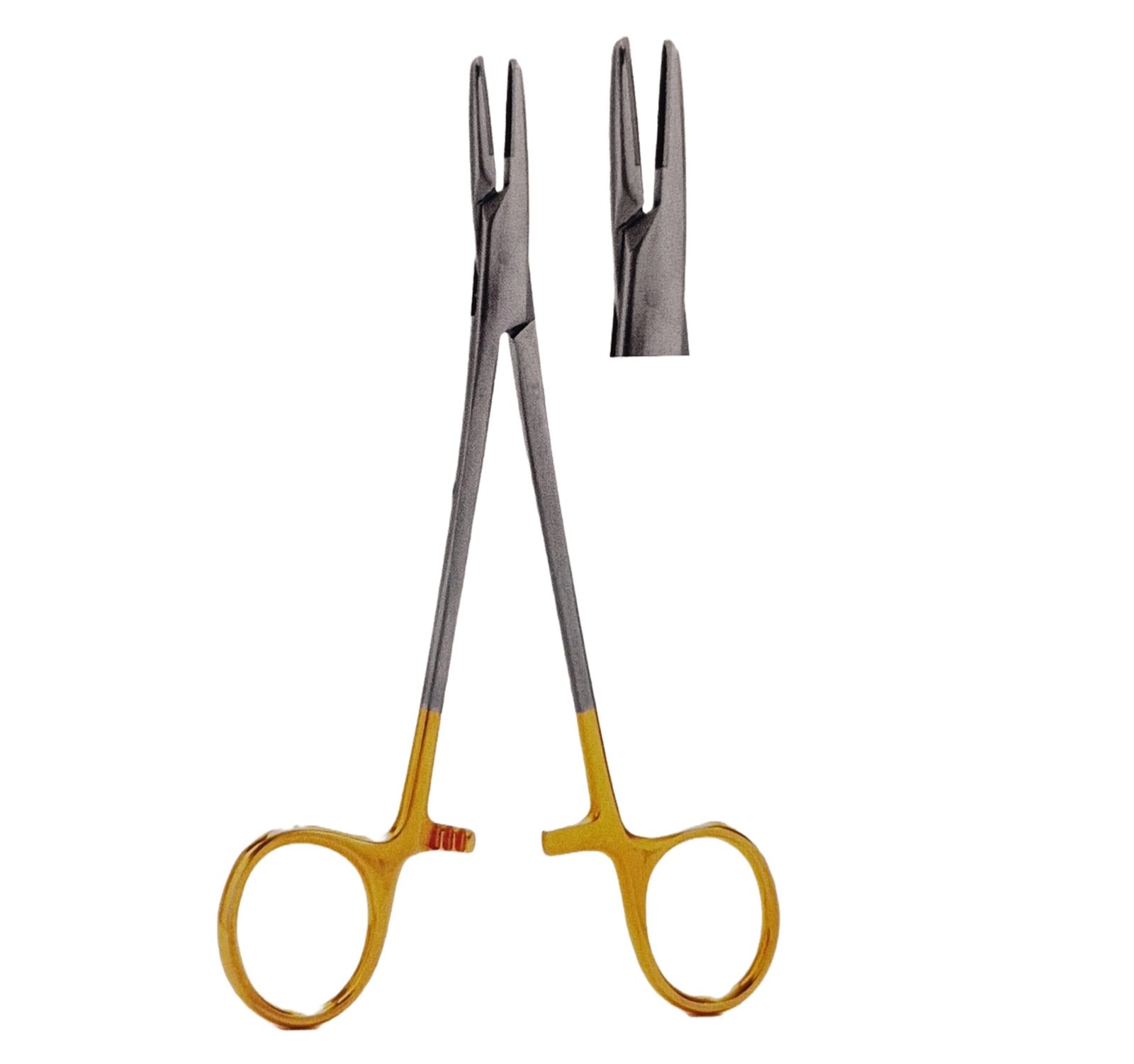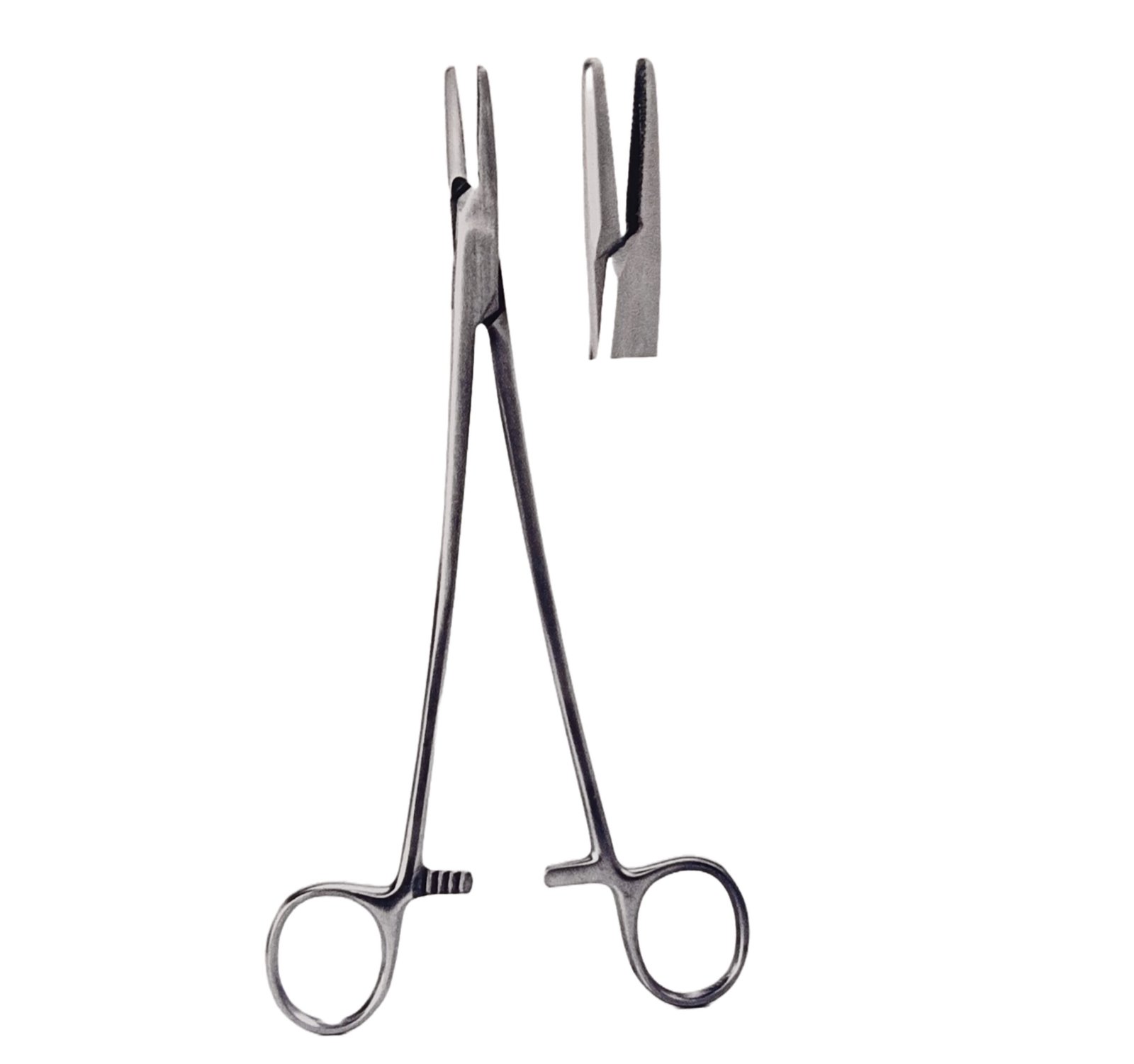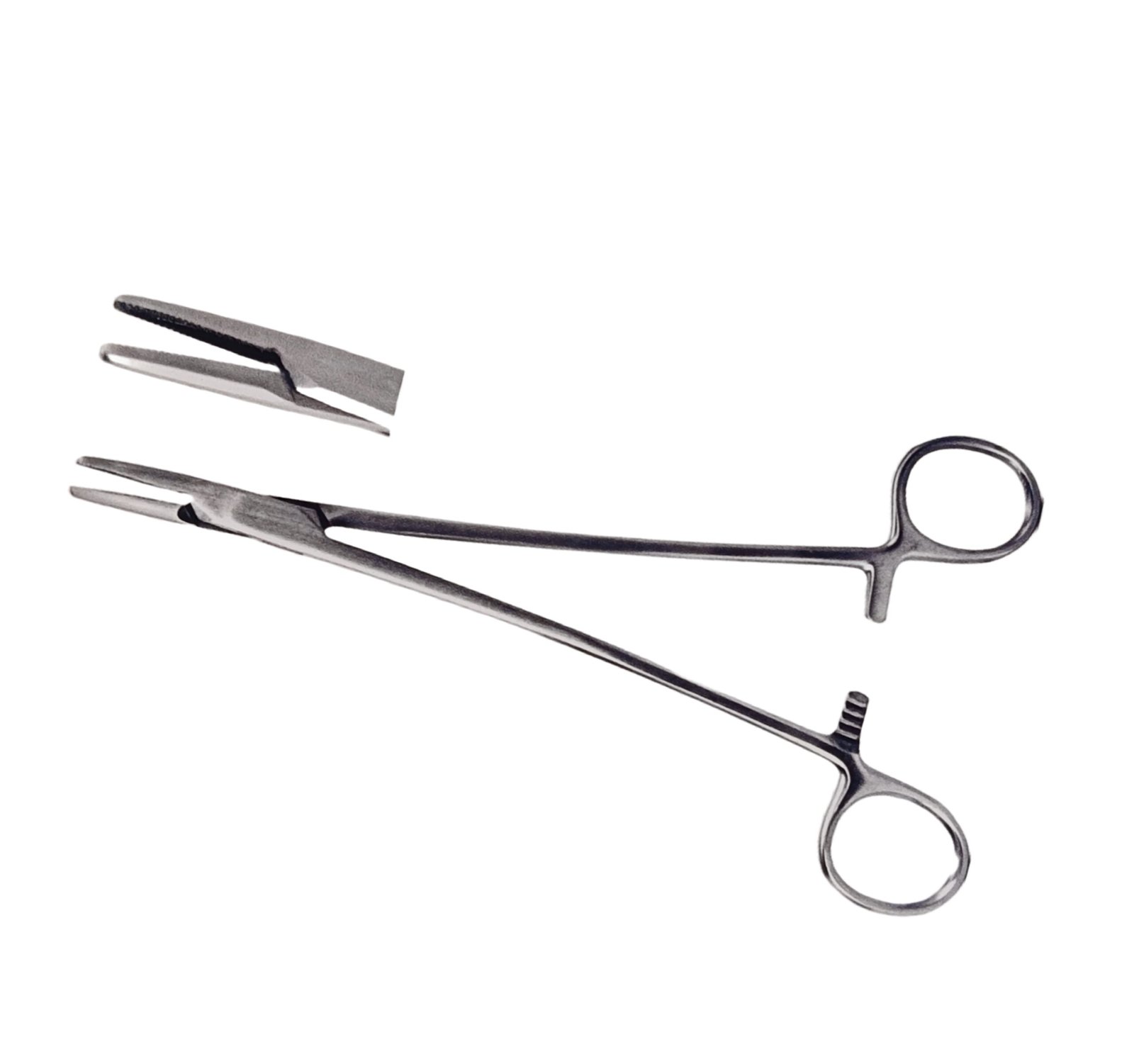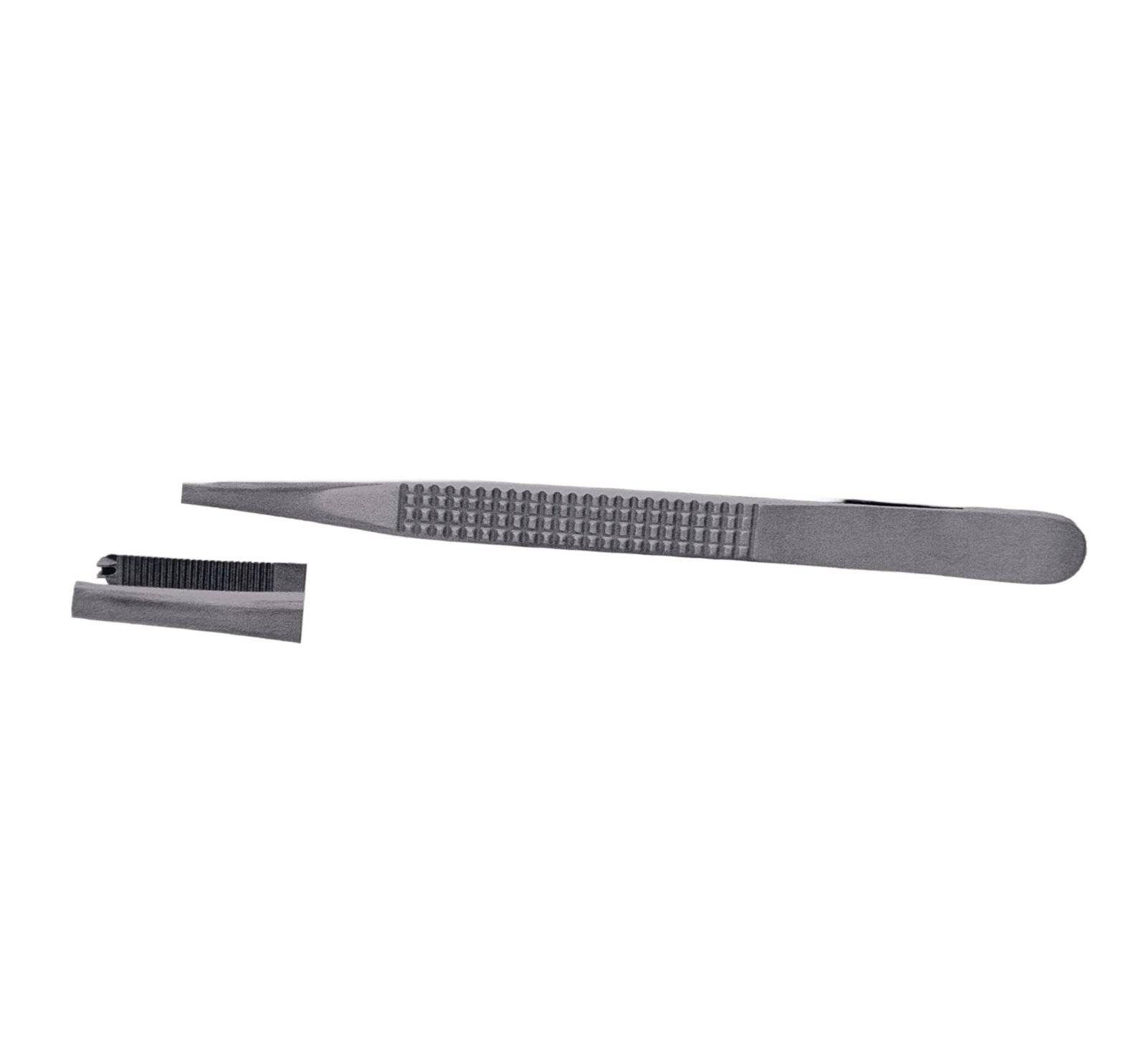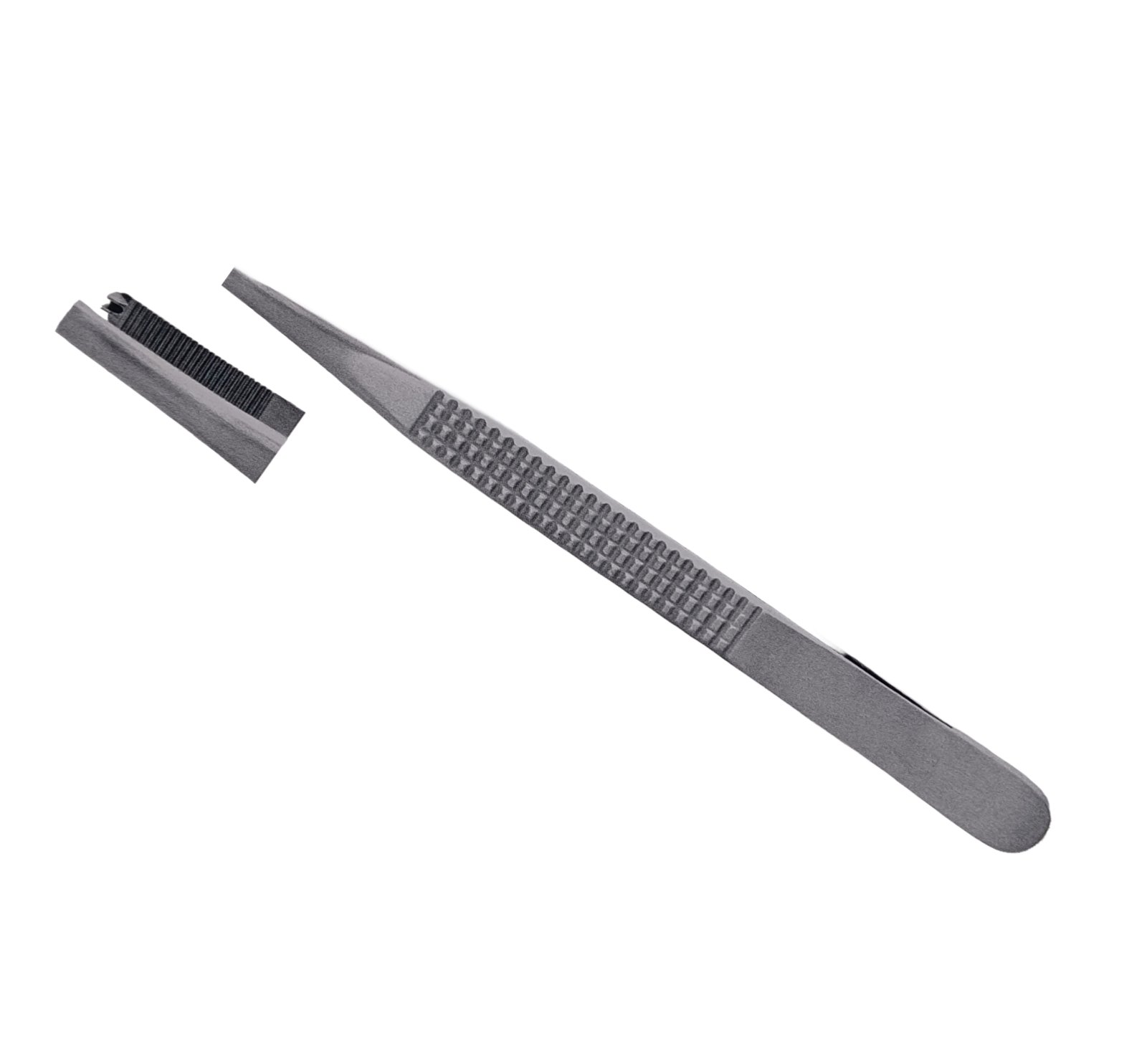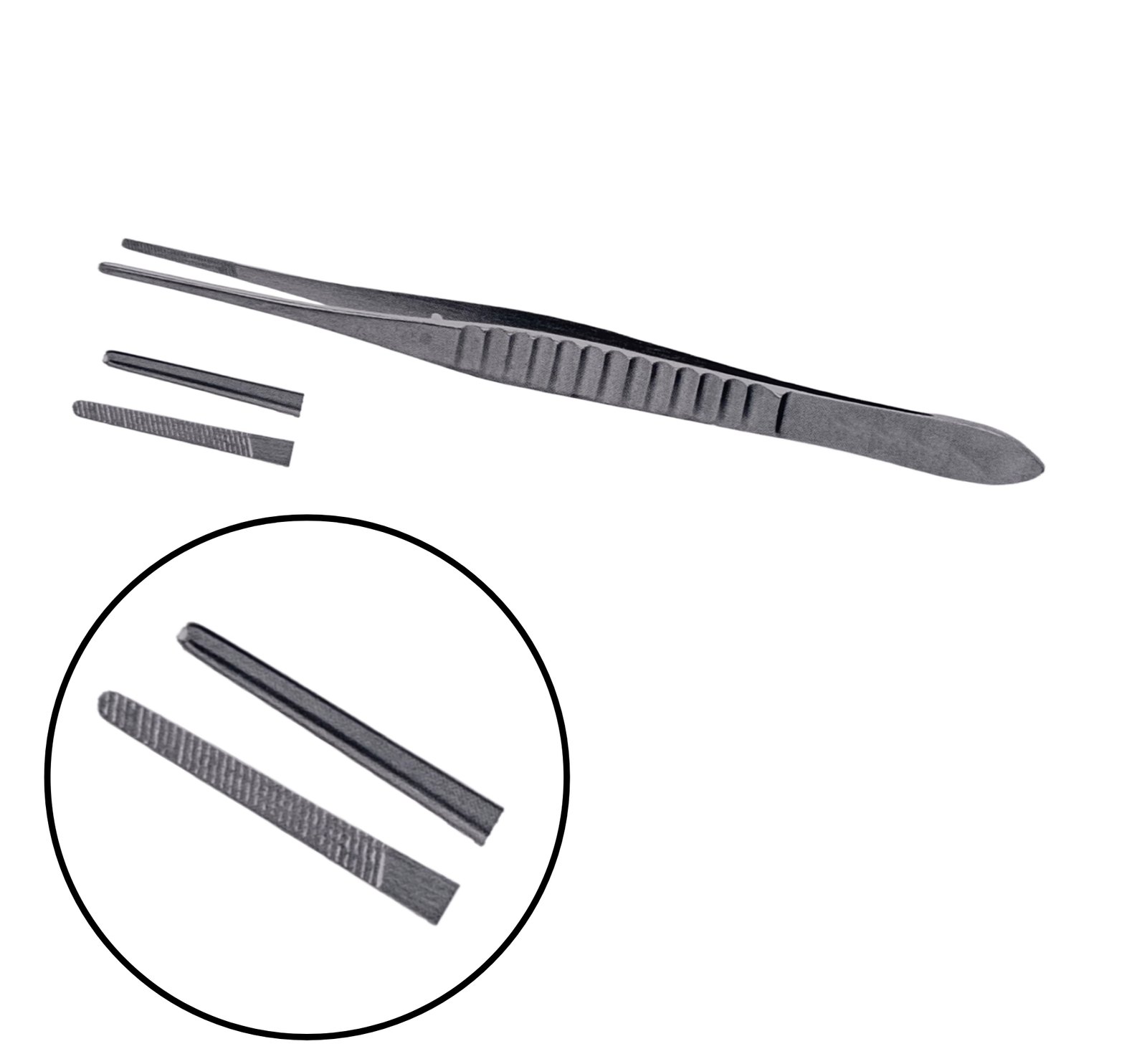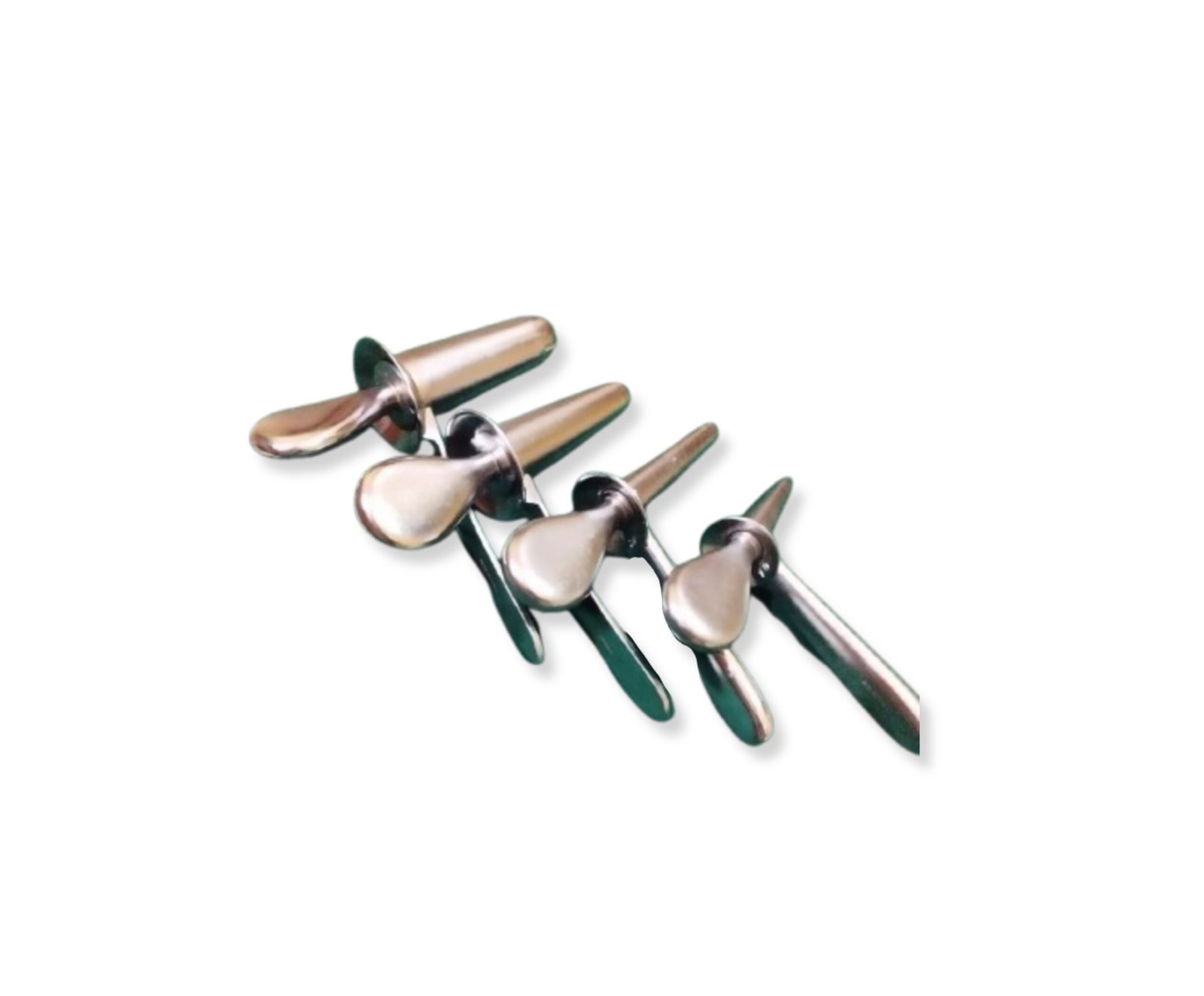Related Products
-
-
Gillies Needle Holder Tungsten Carbide Jaws With Scissor
₹2,999.00Original price was: ₹2,999.00.₹1,899.00Current price is: ₹1,899.00. -
Mayo Haeger Needle Holder With Tungsten Carbide Jaws
₹1,749.00 – ₹1,799.00Select options This product has multiple variants. The options may be chosen on the product page -
Mayo Haeger Needle Holder s.s.
₹499.00 – ₹799.00Select options This product has multiple variants. The options may be chosen on the product page -
Bonney Heavy Forceps (Plain/Tooth)
₹1,299.00Original price was: ₹1,299.00.₹649.00Current price is: ₹649.00.Select options This product has multiple variants. The options may be chosen on the product page -
Gillies Forceps (Plain / Tooth)
₹499.00 – ₹549.00Select options This product has multiple variants. The options may be chosen on the product page -
Stainless Steel Kelly Proctoscope Set
₹1,199.00 – ₹5,799.00Select options This product has multiple variants. The options may be chosen on the product page
Discription
Laser fissurectomy with laser internal sphincterotomy is a minimally invasive surgical procedure used to treat chronic anal fissures. It involves using a laser to precisely remove the fissure and, simultaneously, to relax the anal sphincter muscle, promoting healing and reducing pain.
- Anal Fissures:
Anal fissures are small tears or cracks in the lining of the anal canal, causing pain, bleeding, and discomfort during bowel movements.
- Laser Fissurectomy:
This part of the procedure involves using a laser to precisely cut and remove the fissure, along with any surrounding damaged tissue or scar tissue.
- Laser Internal Sphincterotomy:
This part of the procedure uses the laser to make a small incision in the internal anal sphincter muscle, which helps to relieve the muscle spasm and reduce pressure in the anal canal.
- Benefits:
Laser surgery for anal fissures offers several advantages, including:
- Minimally invasive: It involves smaller incisions and less tissue damage compared to traditional open surgery.
- Less pain: The precision of the laser minimizes pain and discomfort during and after the procedure.
- Faster recovery: Patients often experience a quicker recovery and can return to their normal activities sooner.
- Reduced risk of recurrence: The laser can precisely target and remove the fissure, potentially lowering the chance of the fissure returning.
- Minimally invasive: It involves smaller incisions and less tissue damage compared to traditional open surgery.
- Procedure:
- The procedure is typically performed on an outpatient basis, often under local or general anesthesia.
- The surgeon uses a laser to make a controlled incision in the internal anal sphincter and to remove the fissure.
- The laser also seals blood vessels and nerve endings, minimizing bleeding and pain.
- The procedure is typically performed on an outpatient basis, often under local or general anesthesia.
- Recovery:
Patients usually experience a relatively quick recovery, with most able to return to work within a few days.
- Effectiveness:Laser fissurectomy with laser internal sphincterotomy is considered an effective treatment option for chronic anal fissures, with high success rates.


